You may have noticed that your Windows displays an Action needed prompt when connecting to a WiFi network. In this post, we will share how you can resolve the issue and details on why it happens.
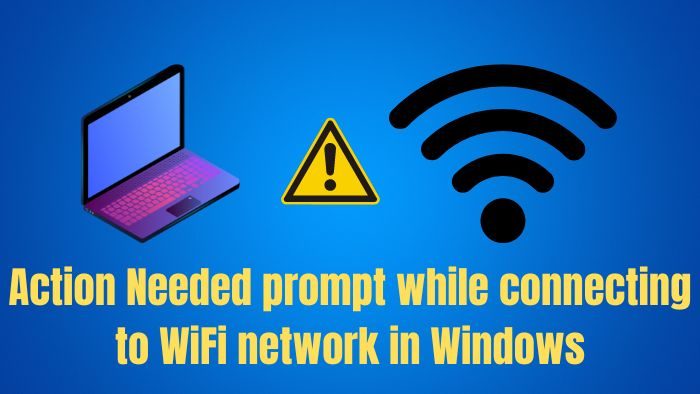
Disable Action needed prompt while connecting to WiFi in Windows 11
If your workplace has a corporate Wi-Fi setup and its network has multiple endpoints, your computer may not connect automatically. Also, upon opening the list of wireless networks, you may notice ‘Action needed’ message underneath the SSID for the enterprise network. When you click on the network and hit ‘Connect’ – a web browser opens with a blank tab.
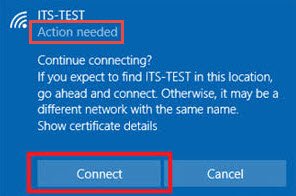
Firstly, we must understand that this behavior is not accidental but occurs by design. Windows uses the Network Location Awareness (NLA) service to detect the properties of a network and determine how to manage connections to that network. This service, in turn, relies on a component named NCSI or Network Connectivity Status Indicator. NCSI determines whether the computer has successfully connected to the network and whether the network has intranet or internet connectivity. Any changes in the network interfaces can trigger the ‘Action Needed’ prompt. To fix it, you’ll need to disable the NCSI active or passive probes used by the NCSI component.
In addition, if you have connected to a network earlier and your PC finds the same network at another place because of the name, it triggers this message instead of connecting automatically. It can also show details of the network’s certificate.
You can disable the NCSI active or passive probes via
- Registry
- Group Policy Objects (GPOs).
Make sure to use an administrator account.
1] Disabling NCSI probe via Registry
To disable the NCSI Active probe via Registry, press Win+R in combination to open the Run dialog box.
- Type ‘regedi.exe’ in the empty field of the box and press Enter.
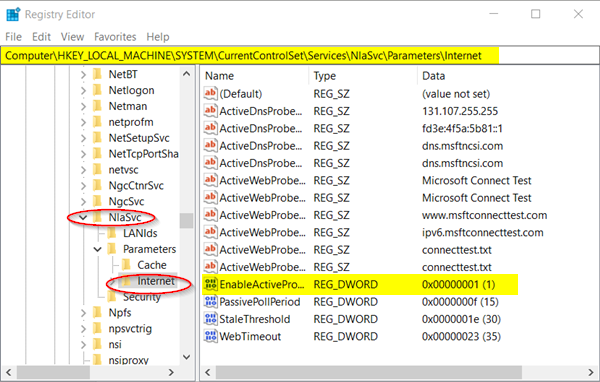
- In the Registry window that opens, navigate to the following path address –
HKEY_LOCAL_MACHINE\SYSTEM\CurrentControlSet\Services\NlaSvc\Parameters\Internet
- Switch to the right-pane of the Internet registry key and look for the following entry – EnableActiveProbing registry DWORD (REG_DWORD). By default, the value for this entry is set to 1.
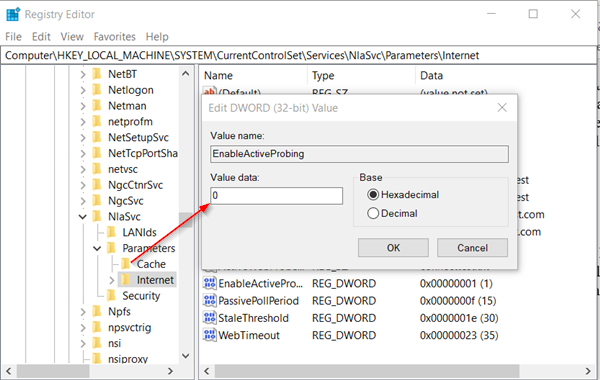
- Double click on it to modify its Value data and in the ‘Edit String’ box that appears, change its value to ‘0’.
- Hit the ‘OK’ button and exit the Registry Editor.
- Also, go to-
HKLM\Software\Policies\Microsoft\Windows\NetworkConnectivityStatusIndicator
- Switch to the right pane and create a new DWORD (32-bit) Value ‘NoActiveProbe‘.
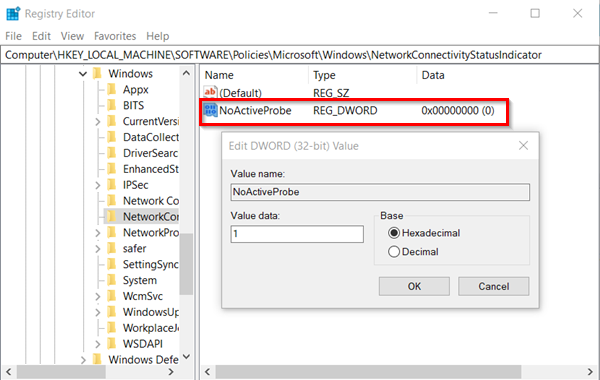
- Now, double-click the DWORD Value and change it from 0 to 1.
- Go to the following path address to disable the NCSI Passive probe via Registry.
HKLM\Software\Policies\Microsoft\Windows\NetworkConnectivityStatusIndicator.
- Right-click in the empty area and create a new DWORD (32-bit) Value – DisablePassivePolling.
- Double-click on this key type, and in the Edit String box that appears, change the value from 0 to 1. Decimal 1 (True)
In the default Registry configuration, this registry entry does not exist. You must create it.
2] Disabling NCSI Probes via Group Policy Objects
- For disabling the NCSI Active probe via GPO,
- Open the ‘Run‘ dialog box, type ‘gpedit.msc‘ in the empty field, and hit ‘Enter.’
- When the Group Policy Editor window opens, go to the following location,
Computer Configuration\Administrative Templates\System
- Expand ‘System‘ folder and choose ‘Internet Communication Management‘.
- Click on ‘Internet Communication Management‘ to make ‘Internet Communication settings‘ sub-folder visible.
- Click it and under ‘Setting‘ window on the right choose ‘Turn off Windows Network Connectivity Status Indicator active tests’ and check ‘Enabled’ circle.
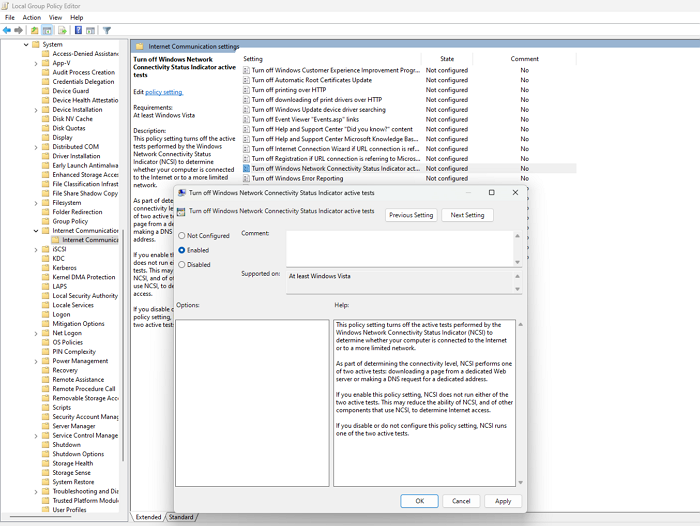
Similarly, to use Group Policy to disable NCSI passive probes, configure the following GPO:
Computer Configuration\Administrative Templates\Network
- Expand the Network folder to make ‘Network Connectivity Status Indicator‘ sub-folder visible.
- Double-click ‘Specify passive polling‘ status and check the ‘Enabled’ circle.
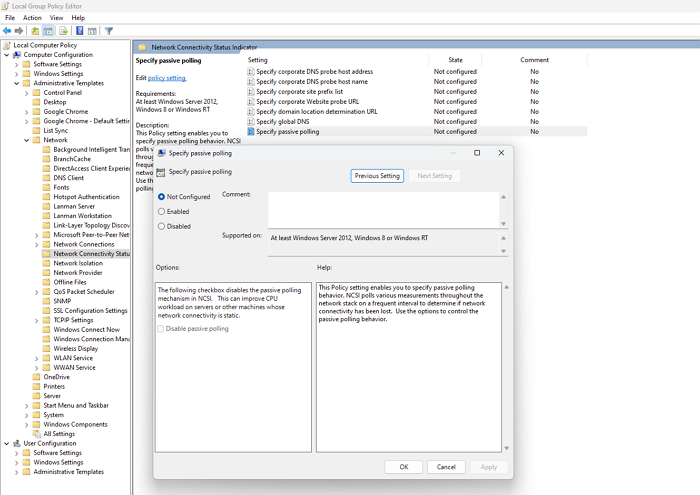
- Close and exit GPO Editor.
You should no longer see the ‘Action needed’ message under your Wi-Fi network connection.
How to remove Wi-Fi credentials in Windows?
If you connect to too many similar-sounding networks, it’s best to remove or forget the Wi-Fi network. To do that, go to Settings > Network and Internet > WiFi > Manage known network. Click Forget next to the Wi-Fi network you want to remove.
How to remove action needed no internet?
It usually happens when Windows is connected to Wifi; still, there is no internet, i.e., the ISP is down, or Windows is taking longer to connect to resolve the network issue internally. So either the internet from the ISP needs to be back or you can reconnect to the router to resolve.
Leave a Reply